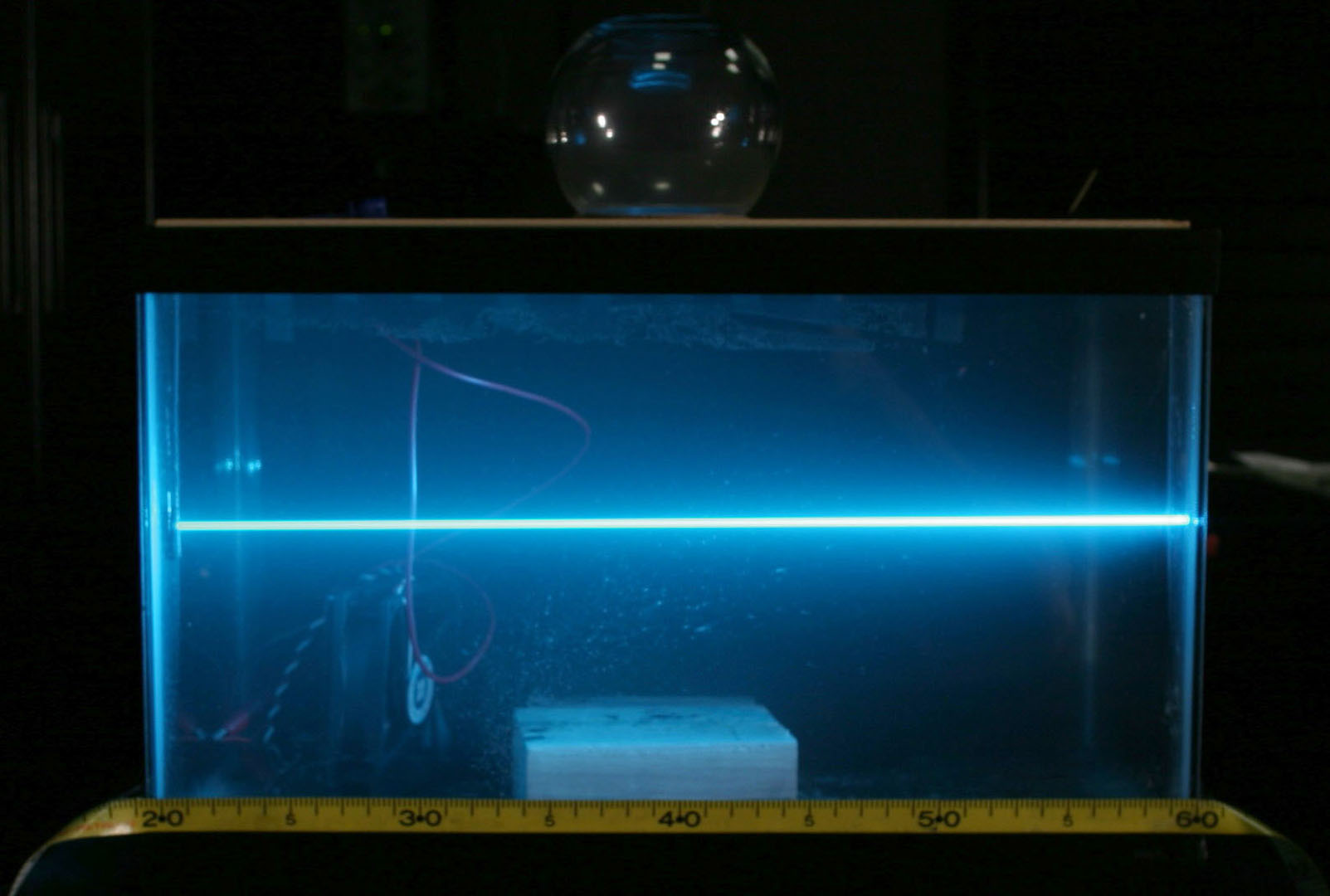“Acquisition of time-varying participating media” by Hawkins, Einarsson and Debevec
Conference:
Type(s):
Title:
- Acquisition of time-varying participating media
Presenter(s)/Author(s):
Abstract:
We present a technique for capturing time-varying volumetric data of participating media. A laser sheet is swept repeatedly through the volume, and the scattered light is imaged using a high-speed camera. Each sweep of the laser provides a near-simultaneous volume of density values. We demonstrate rendered animations under changing viewpoint and illumination, making use of measured values for the scattering phase function and albedo.
References:
1. Anderson, M., Puranik, B., Oakley, J., Peterson, R., and Bonazza, R. 1999. Planar imaging of density interfaces accelerated by strong shocks. In 22nd International Symposium on Shock Waves.Google Scholar
2. Bertocchi, R., Kribus, A., and Karni, J. 2004. Experimentally determined optical properties of a polydisperse carbon black cloud for a solar particle receiver. Journal of Solar Energy Engineering 126 (August), 833–841.Google ScholarCross Ref
3. Brummund, U., and Scheel, F. 2000. Characterization of a supersonic flow-field using different laser based techniques. In 10th International Symposium on Applications of Laser Techniques to Fluid Mechanics.Google Scholar
4. Dana, K., and Wang, J. 2004. Device for conventient measurement of spatially varying bidirectional reflectance. Journal of the Optical Society of America A 21, 1 (January), 1–11.Google ScholarCross Ref
5. Deusch, S., and Dracos, T. 2001. Time resolved 3d passive scalar concentration-field imaging by laser induced fluorescence in moving liquids. Measurement Science and Technology 12, 188–200.Google ScholarCross Ref
6. Fedkiw, R., Stam, J., and Jensen, H. W. 2001. Visual simulation of smoke. In SIGGRAPH ’01: Proceedings of the 28th annual conference on Computer graphics and interactive techniques, ACM Press, 15–22. Google ScholarDigital Library
7. Ihrke, I., and Magnor, M. 2004. Image-based tomographic reconstruction of flames. In Proc. ACM/EG Symposium on Animation, 367–375. Google ScholarDigital Library
8. Kass, M., and Miller, G. 1990. Rapid, stable fluid dynamics for computer graphics. In SIGGRAPH ’90: Proceedings of the 17th annual conference on Computer graphics and interactive techniques, ACM Press, 49–57. Google ScholarDigital Library
9. Pharr, M., and Humphreys, G. 2004. Improved infinite area light source sampling. http://pbrt.org/plugins.php.Google Scholar
10. Pitts, W. 1993. Rayleigh light scattering studies of turbulent mixing. In Combustion Institute/Eastern States Section. Chemical and Physical Processes in Combustion. Fall Technical Meeting, 8–16.Google Scholar
11. Roy, G., and Prevost, D. 1993. Sampling with scanning lidar systems. Measurement Science and Technology 4, 204–214.Google ScholarCross Ref
12. Stam, J. 1999. Stable fluids. In SIGGRAPH ’99: Proceedings of the 26th annual conference on Computer graphics and interactive techniques, ACM Press/Addison-Wesley Publishing Co., 121–128. Google ScholarDigital Library
13. Yip, B., Fourguette, D. C., and Long, M. B. 1986. Three-dimensional gas concentration and gradient measurements in a photoacoustically perturbed jet. Applied Optics 25, 21 (November), 3919–3922.Google ScholarCross Ref
14. Yip, B., Lam, J. K., Winter, M., and Long, M. B. 1987. Time resolved three-dimensional concentration measurements in a gas jet. Science 235, 4793 (March), 1209–1211.Google ScholarCross Ref
15. Zhang, Z. 2000. A flexible new technique for camera calibration. In IEEE Transactions on Pattern Analysis and Machine Intelligence, vol. 22, 1330–1334. Google ScholarDigital Library





